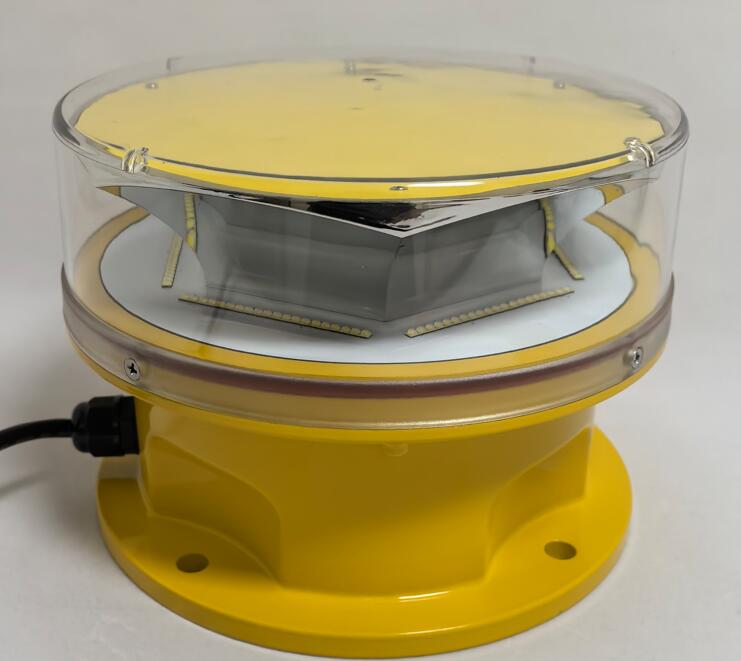Posted: 2025-07-24
Aviation light aircraft play a crucial yet often underappreciated role in modern aviation. These small, versatile machines serve a wide range of purposes, from flight training and recreational flying to agricultural operations and short-haul transport. Unlike their larger commercial counterparts, aviation light aircraft offer accessibility, flexibility, and cost-effective solutions for pilots and aviation enthusiasts. This article explores the significance, applications, and future of these remarkable flying machines.
Defining Aviation Light Aircraft
Aviation light aircraft are typically defined as fixed-wing or rotary-wing aircraft with a maximum takeoff weight (MTOW) of less than 12,500 pounds (5,670 kg). They are often single or twin-engine planes, designed for short to medium-range flights with limited passenger capacity. Common examples include the Cessna 172, Piper PA-28, and Diamond DA40, all of which are renowned for their reliability and ease of operation.

Key Roles and Applications
1. Flight Training and Pilot Development
A significant portion of aviation light aircraft are used in flight schools worldwide. Their simple design, forgiving flight characteristics, and lower operational costs make them ideal for student pilots. The Cessna 172, for instance, is one of the most widely used trainer aircraft, helping thousands of aspiring aviators earn their wings.
2. Recreational and Private Flying
For many aviation enthusiasts, light aircraft represent freedom and adventure. Private pilots use them for leisure flights, sightseeing, and cross-country travel. Their ability to operate from smaller airstrips and rural airports makes them perfect for accessing remote locations that commercial airlines cannot reach.
| aviation light aircraft | aviation lights aircraft |
3. Agricultural and Aerial Work
Aviation light aircraft are indispensable in agriculture, where they perform crop dusting, aerial surveying, and pest control. Specially modified planes, such as the Air Tractor AT-802, are designed to carry fertilizers or pesticides, significantly improving farming efficiency.
4. Emergency Medical Services (EMS) and Short-Haul Transport
In remote or underserved regions, light aircraft serve as air ambulances, transporting patients to medical facilities quickly. They also support cargo operations, delivering essential supplies to areas with limited infrastructure.
Advantages of Aviation Light Aircraft
1. Cost-Effectiveness
Compared to larger aircraft, light planes require less fuel, lower maintenance costs, and simpler infrastructure, making them economically viable for individuals and small businesses.
2. Versatility and Accessibility
Their ability to take off and land on short runways allows operations in diverse environments, from grass strips to mountainous terrains.
3. Technological Advancements
Modern aviation light aircraft incorporate advanced avionics, fuel-efficient engines, and lightweight composite materials, enhancing safety and performance.
Challenges and Considerations
Despite their advantages, aviation light aircraft face challenges such as regulatory restrictions, weather sensitivity, and public perception regarding safety. However, ongoing improvements in design, navigation systems, and pilot training continue to mitigate these concerns.
The Future of Aviation Light Aircraft
The future looks promising, with innovations like electric propulsion and autonomous flight systems gaining traction. Companies like Pipistrel are already producing electric training aircraft, paving the way for sustainable aviation. Additionally, urban air mobility (UAM) concepts may integrate light aircraft for short-distance commutes.
Aviation light aircraft are the backbone of general aviation, serving critical roles in training, recreation, agriculture, and emergency services. Their adaptability, efficiency, and evolving technology ensure they will remain vital to the aviation industry for decades to come. Whether for a student pilot’s first solo flight or a farmer’s crop protection mission, these aircraft continue to prove their worth as the unsung heroes of the skies.